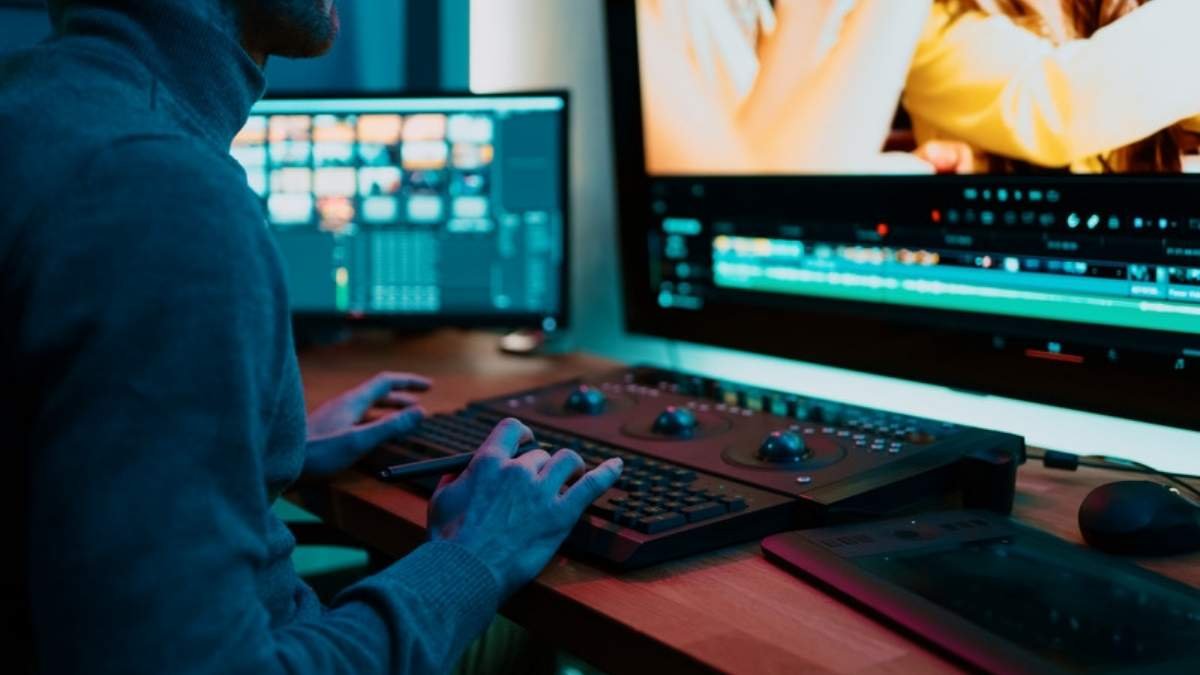Video editing is a multifaceted craft that combines technical skill, artistic vision, and storytelling prowess. It is the backbone of filmmaking, television, advertising, and digital content creation. Whether you are a seasoned professional or a curious beginner, understanding the nuances of video editing can elevate your projects to new heights. This article explores the intricacies of video editing, from its historical roots to modern techniques and tools.
The Evolution of Video Editing
The history of video editing is as rich and diverse as the medium itself. Early filmmakers like Georges Méliès and the Lumière brothers pioneered basic editing techniques, such as cutting and splicing film strips. The advent of digital technology in the late 20th century revolutionized the industry, making video editing more accessible and efficient.
Today, software like Adobe Express video editors, Final Cut Pro, and Avid Media Composer dominate the market, offering powerful tools for both amateur and professional editors. These platforms have democratized video editing, allowing creators to produce high-quality content with relative ease.
The Art of Storytelling
At its core, video editing is about telling a story. Editors must understand the narrative arc, pacing, and emotional beats of a project. They use a variety of techniques to engage viewers, including:
Cutting on Action: This technique involves cutting from one shot to another at the moment of action, creating a seamless transition that keeps the viewer engaged.
Jump Cuts: Popularized by the French New Wave, jump cuts create a sense of discontinuity and can be used to convey the passage of time or a character’s internal state.
Montage: This technique involves editing together a series of short shots to convey a larger idea or theme. It is often used to condense time or highlight a particular emotion.
Technical Aspects of Video Editing
While the artistic side of video editing is crucial, the technical aspects are equally important. Editors must be proficient in a range of skills, including:
Color Correction and Grading: Adjusting the color and lighting of footage to ensure consistency and enhance the visual aesthetic.
Audio Editing: Syncing and mixing audio tracks, including dialogue, sound effects, and music, to create a cohesive soundscape.
Special Effects: Using software to add visual effects, such as green screen compositing, motion graphics, and 3D animation.
The Role of Software and Hardware
Choosing the right software and hardware is essential for efficient and effective video editing. Popular software options include:
Adobe Premiere Pro: Known for its versatility and integration with other Adobe products, Premiere Pro is a favorite among professionals.
Final Cut Pro: Developed by Apple, Final Cut Pro is renowned for its user-friendly interface and powerful editing tools.
Avid Media Composer: Widely used in the film and television industry, Avid is known for its robust features and reliability.
In terms of hardware, a powerful computer with ample RAM, a high-speed processor, and a large storage capacity is essential. Additionally, external hard drives, high-resolution monitors, and quality headphones can significantly enhance the editing experience.
The Future of Video Editing
The future of video editing is exciting and full of potential. Advances in artificial intelligence (AI) and machine learning are already making an impact, with tools that can automatically sync audio, color grade footage, and even suggest edits based on the content.
Virtual reality (VR) and augmented reality (AR) are also emerging as new frontiers for video editing. Editors are exploring how to create immersive experiences that blur the lines between the real and digital worlds.
Conclusion
Video editing is a dynamic and ever-evolving field that combines creativity, technical skill, and a deep understanding of storytelling. Whether you are a filmmaker, content creator, or simply curious about the craft, mastering the art of video editing can open up a world of possibilities. As technology continues to advance, the future of video editing promises to be even more innovative and exciting.
So, grab your camera, fire up your editing software, and start telling your story. The world is waiting to see what you create.
